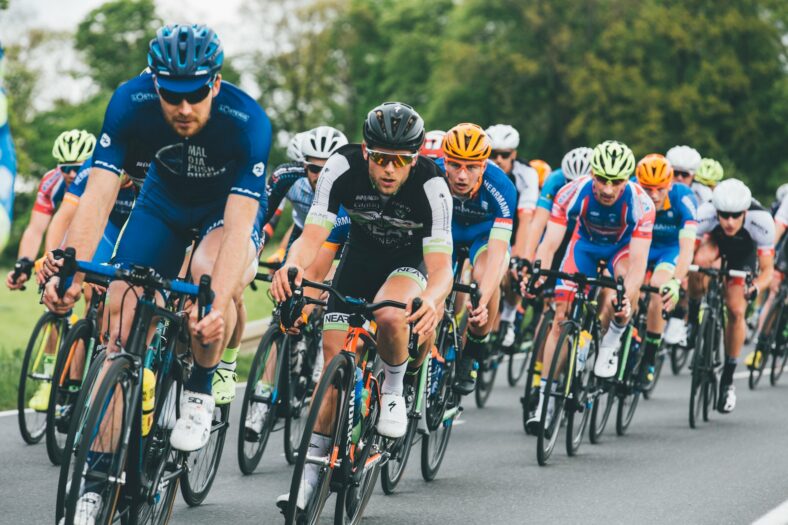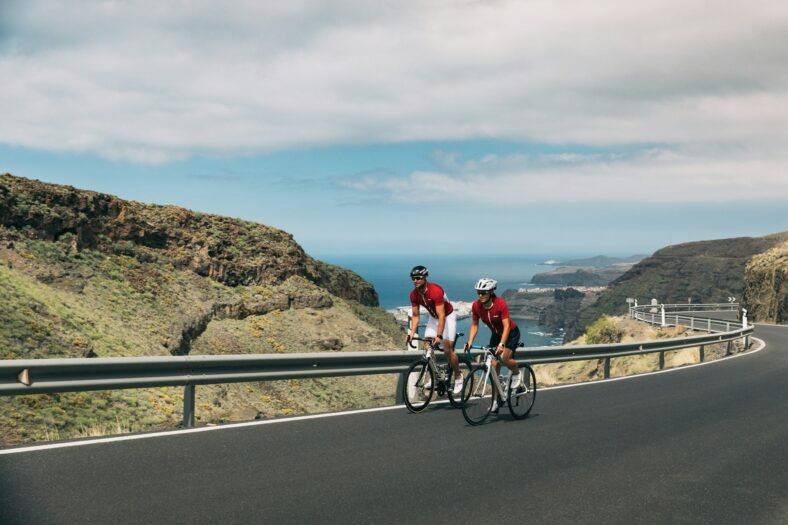7 Tips for Beginner Cyclists: Making Cycling Accessible and Enjoyable
While it can be a competitive sport, cycling is also one of the most accessible and beginner-friendly sports. Adaptable for all ages and fitness levels, newer technology and safety gear are making it even easier to hop on a bike and start pedaling.
High-impact exercises like running can provide health benefits, but can be tough on joints after a while. Cycling, however, is a low-impact activity that’s gentler on joints and still provides a worthwhile workout. Not only does it work for all ages, but for those coming back from injury, too.
Bicycle’s basic mechanics, from balancing, pedaling, and steering, are easy to learn. Plus, newer bikes come with adjustable gears and shock absorbers, so you can be comfortable from the time you start pedaling to the moment you step off the bike.
For beginners, there are a couple of bikes you can choose from. Hybrid bikes may be great for commuting and moderate trails, while road bikes are geared towards longer rides, and finally, mountain bikes are designed for rugged terrain. You can also try out stationary bikes or indoor trainers for a controlled environment before taking a step outside.
Keep reading to learn seven tips for beginner cyclists and how to make your ride as beneficial as possible.
Key Benefits of Cycling Credit: Markus Spiske
Credit: Markus Spiske
The benefits of cycling go beyond just low-impact physical activity. These are some other positives for cyclists:
 Credit: Nate Johnston
Credit: Nate Johnston
For those beginner cyclists who want to put foot to pedal, there are some ways to ease the transition into cycling regularly. Here are a few ways to prepare your body:
Before getting on the bike, beginner cyclists are encouraged to know the basic mechanics, such as proper braking, gear shifting, and bike maintenance. This can be learned online or through a local bike shop.
Safety First Credit: Kaffeebart
Credit: Kaffeebart
Safety is crucial when cycling, especially if you’re on a main road, steep hill, or other pathway that has harmful obstacles. While cycling indoors doesn’t require any safety gear, once you get the confidence to cycle outside, make sure to have these pieces of safety gear:
It may also be helpful to learn hand signals and road awareness when cycling alongside motorists, to ensure your safety for the whole ride.
Mental Preparation Credit: Karla Arróniz
Credit: Karla Arróniz
Proper cycling isn’t just about physical preparation, but mental too. Beginner cyclists will often have a fear of falling during the ride or self-doubt about their physical capabilities. Try some of these tips to prepare mentally:
 Credit: Polina Rytova
Credit: Polina Rytova
Cycling is not just for pros or a certain age group. If you want to become a cyclist, nothing is stopping you. Any age or skill level can put their foot to the pedal and have a great time on a bike, no matter if it’s inside or outside. Along with several physical benefits, cyclists will also have an improved mental state. With the right amount of preparation, safety equipment, and knowledge about your bike, you can find a healthier version of yourself that loves to go for a bike ride.